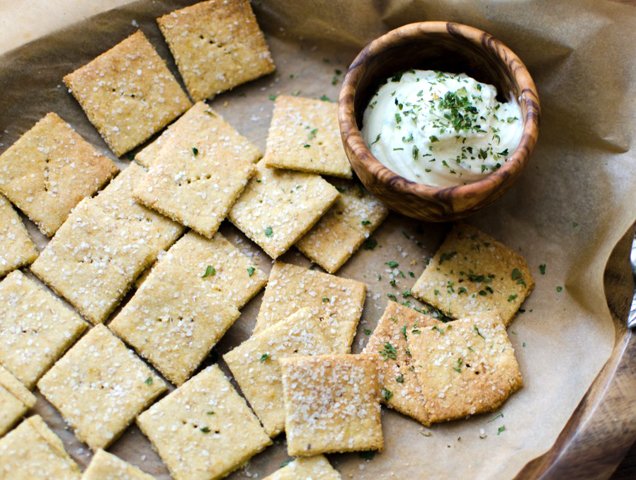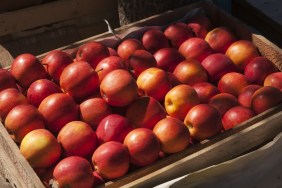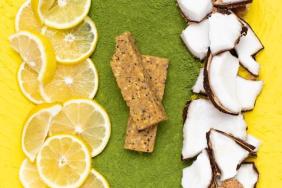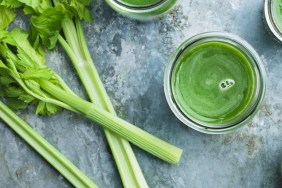It’s hard to get around the fact that nutritional yeast sounds pretty unappetizing, but if you follow healthy social media influencers, you’re likely seeing their stories peppered with salads, smoothies, chickpea pasta, veggies and even popcorn topped off with nutritional yeast. And it’s not just because these golden flakes are healthy. Vegans have long used nutritional yeast for vegan “cheese” (which is made with a combination of almonds, nutritional yeast and salt) but because nutritional yeast’s flavor profile when consumed on its own is cheesy, nutty and seriously delicious, it has now become a favorite of people looking for a healthier, lower in calorie and cheaper alternative to cheese (even if you’re Paleo!).
What exactly is nutritional yeast?
If you’re apprehensive about trying nutritional yeast, it’s important to clarify a few things. First, it’s nothing like the bitter brewer’s yeast that’s a byproduct of beer making and it’s not torula yeast, active dry yeast or baking yeast, none of which would be tasty sprinkled on a green salad. Instead, nutritional yeast — aka Saccharomyces cerevisiae in scientific speak — is in the fungi family and made from sugarcane and beet molasses (the yeast cells use sugar for energy). It’s inactive, meaning it doesn’t have leavening abilities like baking yeast (so don’t try using it for baking!). It’s yellow and most commonly sold in spice-like bottles where it comes in flake, granule or powder form, which is why it’s so popular as a condiment. It can also be used to thicken sauces or dressings.
What are the health benefits of nutritional yeast?
“Nutritional yeast is loaded with vitamins, minerals, protein and more,” says Brooke Alpert, RD and author of The Diet Detox. “It’s a complete protein, meaning it has all the essential amino acids that are necessary for your diet along with iron, zinc and fiber. It really packs a nutritional punch. It’s also a great source of B vitamins, which are also hard for vegans to get.” Alpert notes that she hasn’t found any risks or reasons not to eat nutritional yeast unless someone has an allergy to yeast. “Most of the time, even people with yeast allergies or sensitivities can eat nutritional yeast because it undergoes a deactivation process.”
Amy Gorin, MS, RDN and owner of Amy Gorin Nutrition, also adds that people who need to limit their protein intake, such as people with maple syrup urine disease, should limit use of nutritional yeast. And if you’re on the low carb train, Dr. Charles Passler, nutritionist and founder of Pure Change, says nutritional yeast fits the bill. Plus, it’s gluten-free, a digestive aid, an immune booster as well as antifungal and antibacterial.
How much nutritional yeast should you eat to see benefits?
“Nutritional yeast is part of a healthy diet, even strict vegan diets, and the more that is ingested, the more healthy benefits for the immune system are noticed,” says Dr. Luke Bucci, VP of R&D at vitamin company Ritual. He recommends consuming two tablespoons (or one heaping tablespoon) a day, though he notes that amount is rarely consumed daily. “The norm is a teaspoon or less, which makes nutritional yeast more of a healthy, vegan condiment/flavor rather than an actual foodstuff. This disconnect between actual usage doses (small) and known benefits (much larger doses) has led to varying opinions on yeast, but there’s no denying that it’s a superfood.”
What are some ideas for using nutritional yeast?
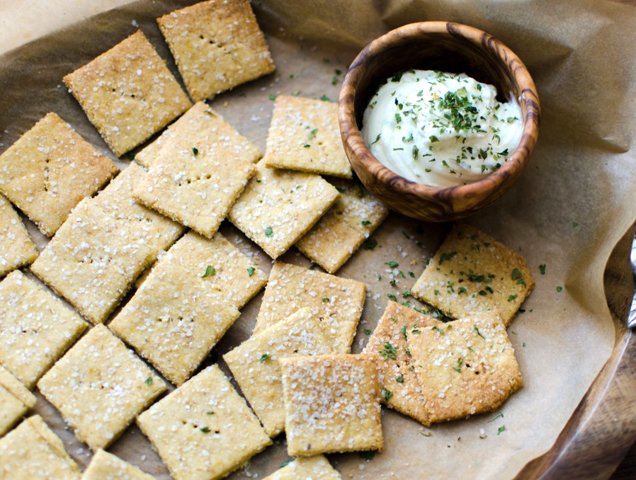
“You can sprinkle nutritional yeast on salads, smoothies, popcorn, pizza, pasta, etc. for a quick hit of savory umami,” says Sarah House, food innovation chef for Bob’s Red Mill. “It’s also an essential ingredient for many vegan dishes, including ‘cheese’ sauces, pesto, scrambles and nut cheeses and a great addition to soups, chili and beans.” House singles out some of her favorite nutritional yeast recipes below.
